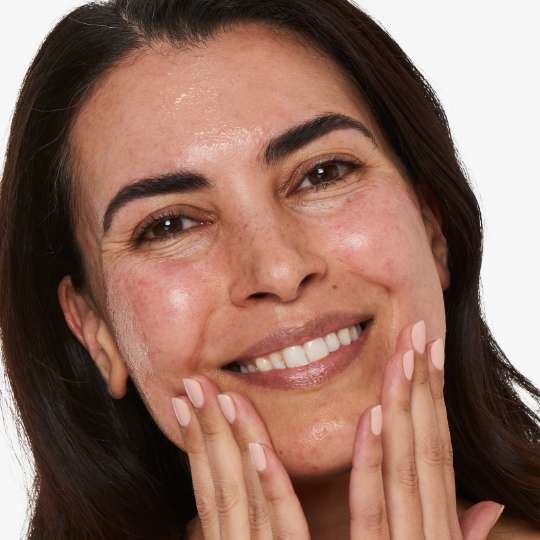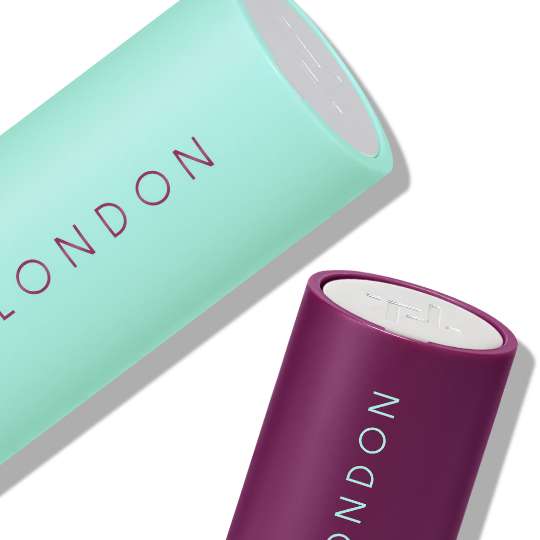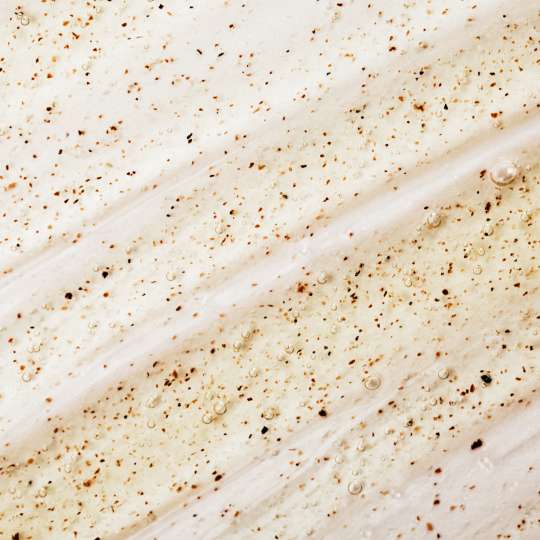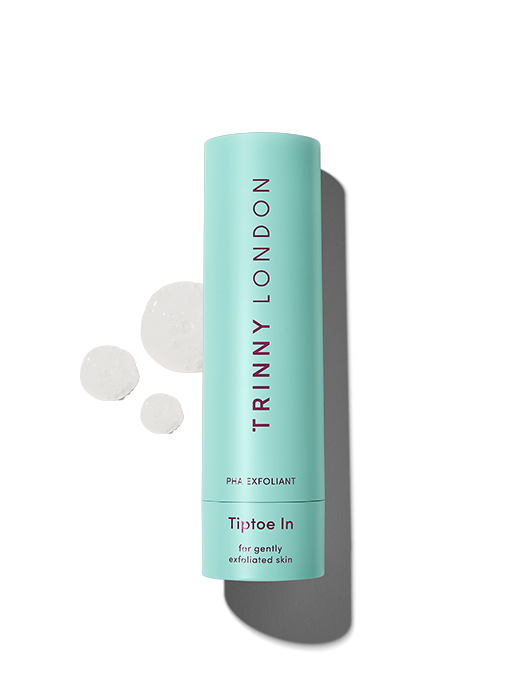
Good news – all prices include taxes, duties and customs for EU countries

Exfoliation is your secret weapon against dull skin
Skin looking dull? Lacking in luminosity? You need one of the best exfoliants for dull skin, ready to bring your skin back to life in record time.
What causes dull skin?
There are a number of reasons why your skin might be looking dull. As the largest organ in the body, and our first line of defence, it is impacted by both internal and external goings on. Internally, things like stress, lack of sleep and a poor diet can all contribute towards a dreary complexion, while externally, things like pollution and UV exposure only serve to make matters worse.
The good news is, alongside some lifestyle tweaks and adequate skin protection, there is one guaranteed route back to glowing skin: exfoliation.
Our skin undergoes a number of processes invisible to the naked eye, one of which is the turnover of old, redundant cells in order to make room for the younger ones beneath. As we age, the rate at which this happens slows, which is why we can find our skin feels more drab than before. Exfoliation effectively works to speed up the process. Think of it as the fast-track to fresher skin.
With these old cells out of the way, skin looks more luminous. A nice way to visualise the shift is to picture a shiny surface, like a piece of marble, or a mirror, with tiny grains of sand scattered across the top. With the sand there, you can’t see the reflective qualities of the surface, and it won’t catch the light. But, with the sand swept out of the way, the potential for glow is restored.
How to exfoliate dull skin
There are three ways to approach exfoliating dull skin, depending on your skin type and preference. They are:
Enzyme
Ever noticed that your mouth feels a little funny after eating pineapple? It’s all due to the enzymes within the fruit. The gentlest form of exfoliation, enzymes gently nibble away at and break down dead skin cells, easing them away from the surface of your skin. They’re not as strong as liquid exfoliants, which makes them a great entry point into exfoliation if you’re new to the category. For the same reason, you won’t get as dramatic results from enzyme exfoliation as you would an acid, but you will still get a satisfying flash of brightness.
Physical
Physical exfoliation as a category is relatively broad, as it encompasses anything that involves physically manipulating the skin in order to release dead skin cells from the surface. Muslin cloths, facial brushes and scrubs all count as physical exfoliation. By its very nature, this is probably the most satisfying way to exfoliate, as you can immediately feel the difference the process has made to the texture of your skin. On the other hand, this can also be its downfall, as it's easy to get carried away and be heavy-handed. Over-manipulating the skin can drive redness and irritation, especially on more sensitive skin, so it pays to go slow. Checking the texture of your scrubs is important too. Some nut shells with jagged edges can cause tiny scratches on the skin, so the smoother the particles are, the better.
Liquid
Liquid exfoliation, also known as chemical or acid exfoliation, is the process of using particular ingredients to break down the glue that holds dead skin cells to the surface. The type, and strength, of acid used, will depend on how quick, and impressive, the glow-giving results are. Unlike physical exfoliation, liquid exfoliants don’t need to be rubbed onto the skin, rather swiped on with your fingertips or on a cotton pad. One thing to bear in mind with liquid exfoliants is that, depending on the type of acid you choose to use, not all are suitable for daytime use. Poly-hydroxy acids, the gentlest of the family, can be used as often as twice a day, whereas beta-hydroxy acids, and alpha-hydroxy acids, are best kept to evening use as the newer, fresh skin cells being exposed are more at risk of sun damage. Following with an SPF in the next morning is a must too.
Best exfoliators for dull skin
When it comes to the best exfoliants for dull skin, poly-hydroxy and alpha-hydroxy acids are the ingredients to have on your radar.
Trinny London Tiptoe In PHA Exfoliant
Often touted as the next generation of skincare acids, poly-hydroxy acids (PHAs) have a larger molecule size than their beta and alpha counterparts, which allows them to take a slow and steady approach to exfoliation. What does that mean for your skin? It means that you’ll get the same brightening results over time, but with less risk of irritation – making them a better choice for sensitive skin, or an entry-point for acid novices. Tiptoe In, our PHA Exfoliant is formulated with two types of poly-hydroxy acid, gluconolactone and lactobionic acid, which work in perfect tandem to reveal the radiance that was there all along.
Trinny London Reveal Yourself AHA Exfoliant
If dullness is your key concern, alpha-hydroxy acids will make a huge difference to the overall appearance of your skin. Consider Reveal Yourself, our AHA exfoliant, your spa break in a bottle, bringing energy and life back to your complexion. It’s powered by two carefully selected acids, lactic and malic, chosen for their small molecule size. They dive deep into the skin’s upper layer, providing strong exfoliation for a more even tone. As with all new products and ingredients, start slow, using just a couple of nights a week to begin with. You can build up your usage once you can see, and feel, that your skin is happy.

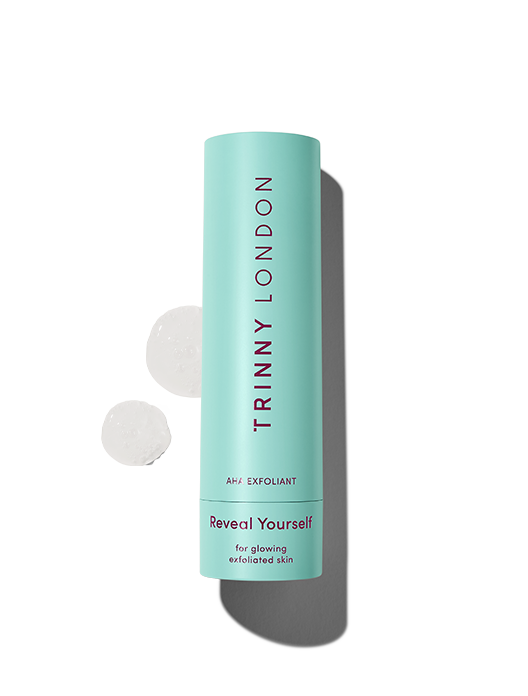
Reveal Yourself
Highly active exfoliant for glowing skin, suitable for all skin types except sensitive
